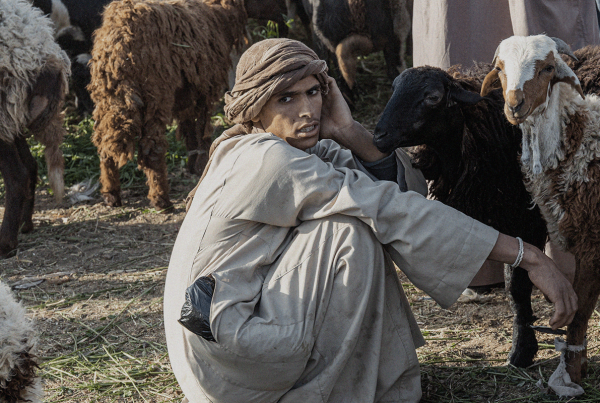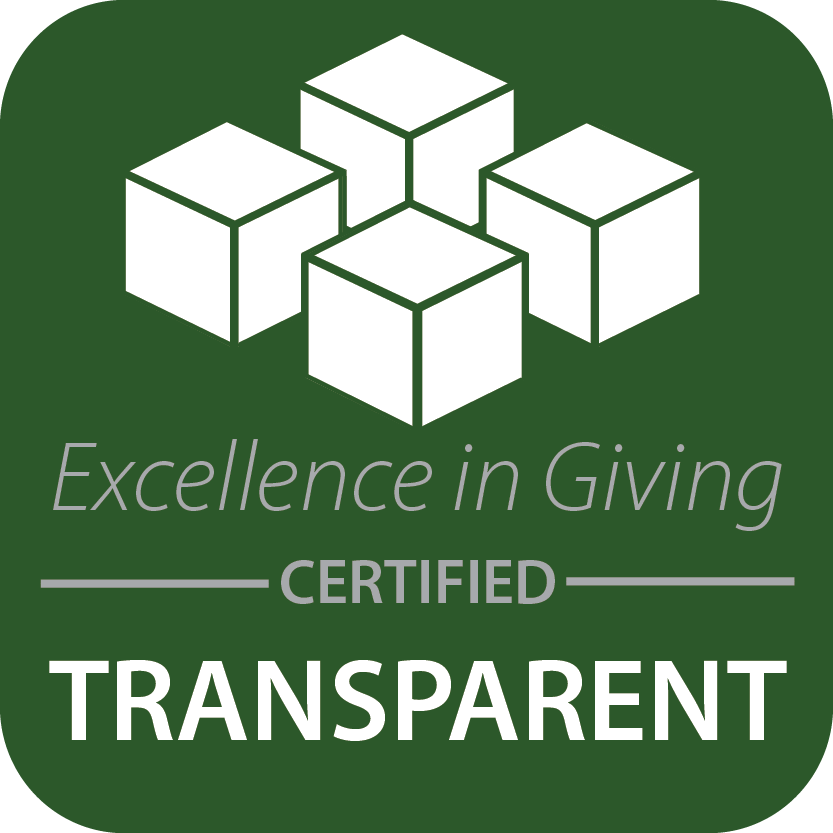Although sex trafficking often receives the most attention, forced labor or labor trafficking is a more common form of human trafficking, globally.
As with sex trafficking, vulnerable people are most often targeted for exploitation. This includes people living in poverty, immigrants, or those who have recently relocated — though the majority are trafficked without moving at all. Deceived by offers of good pay, desirable jobs, or even just stability, men, women, and children find that the job offer was deceptive, conditions are abusive, and they cannot leave.
21.3 million people are currently in labor trafficking
According to the US Department of State, the definition of human trafficking is “the recruitment, harboring, transportation, provision, or obtaining of a person for labor or services, through the use of force, fraud, or coercion for the purpose of subjection to involuntary servitude, peonage, debt bondage, or slavery. A victim need not be physically transported from one location to another for the crime to fall within this definition.”
According to Polaris, “Labor trafficking is the crime of using force, fraud or coercion to induce another individual to work or provide service.”
Labor trafficking can take the form of debt bondage, forced labor, and child labor. This crime frequently occurs in industries like agriculture, domestic work, construction, restaurants, manufacturing, cleaning services, and carnivals.
Read below to learn what labor trafficking looks like around the world.
Debt bondage affects half of all victims of forced labor
Debt bondage is the most common manifestation of labor trafficking. People are deceived into accepting jobs, only to find that they are charged an exorbitant amount to cover various sham fees such as recruitment, room and board, and materials. The workers are paid low wages while fees inflate, and the debt owed becomes insurmountable.
Debt bondage can even enslave next generations who continue to work to pay off the money owed by their parents. All the while, traffickers maintain control by intimidating workers with threats and violence, and the “option” of leaving becomes too dangerous.
Labor trafficking is prevalent in the cocoa and fishing industries
Chocolate, one of the world’s most beloved foods, can often trace its production to the exploitation of adults and children. Wages are extremely low, conditions are dangerous, and hours are long.
Studies by the Global Slavery Index have found labor trafficking in cocoa agriculture particularly rampant in Ghana and Côte d’Ivoire — two of the world’s biggest cocoa producers. Cocoa farmers live in chronic poverty, earning well below the extreme poverty line of $1.25 USD each day. They also have little bargaining power with the instability of cocoa prices on the world market, another factor that drives low labor costs.
A lack of quality education and skills training also feeds into this cycle of poverty. Farmers and laborers’ work remains unregulated. Due to the inaccessibility and unreliability of police forces in these areas, the absence of abuse reports and prosecution allows slave labor to exist unchecked.
Thanks to investigative journalism and much research, there is now also a world spotlight on labor trafficking in the fishing industry. The global demand for fresh catch is high, but fair practices are hard to regulate in the vast expanse of the ocean.
The Global Slavery Index found the following countries deemed “high-risk” for slave labor in the fishing industry based on six risk factors:
- China
- Japan
- Russia
- Spain
- South Korea
- Taiwan
- Thailand
Of these, Spain has not had any reported abuse, but remains high-risk. Those risk factors include fishing outside of national waters, which are subject to fewer regulations, and high levels of vessel and fuel subsidies from the government, which discourages competition and encourages lower prices. It all adds up to a demand for cheap labor. The remote nature of the fishing industry makes holding people against their will easy to accomplish.
A simple internet search will quickly list reported stories of extreme violence and even murder on fishing vessels. Men and boys sign on with aims to provide for their families, and find themselves in situations where the fishing captains evade regulations, steal their documentation, and enforce horrific working conditions onboard. Those who resist may literally lose their lives at sea.
17.3 million people are exploited in private sector jobs like domestic work, construction or agriculture
The private sector includes any industry that is not directly under government control. Beyond the major private agricultural industries of cocoa and fishing, other types of labor trafficking can be found in domestic work such as housekeeping and live-in nannying where employees reside in their place of work. Though conditions might not be as dangerous as a fishing vessel, domestic labor trafficking can be just as restricting when it comes to the lack of personal freedom, low pay, and various forms of abuse.
In factories such as the brick kilns in Asia, construction, mining and other industries that require manual labor, adults and children work in hazardous environments without pay as well. Farming can be a problematic sector when wages are withheld, personal documents are taken, the workplace is dangerous, and laborers suffer inhumane living conditions.
A report by Verité shows that more food is produced on the backs of slaves than we realize. For example, melons grown in Mexico using child labor then sold to the USA demonstrate that the market will continue to fuel the demand for cheap labor unless buyers demand food with a fair trade footprint.
You can help prevent labor trafficking
While labor trafficking is a massive issue in our world today, you can play a part in helping those caught in it. One direct way you can impact change is through leveraging your buying power to support a market for fairly traded goods, services, and food. Consider the following practical action steps to make an impact, right where you are.
Research companies you love
If companies are implementing ethical practices, they will tell you about it. If they don’t, reach out to them to find out more information and share your concerns.
Go fair trade
While you are shopping, if you see two options of the same product and one is fair trade, choose the fair trade option.
Commit to buying only fair trade coffee or chocolate
A simple change is choosing to purchase only certified fair trade in a common household staple like coffee or chocolate.
Research, give, and advocate
Spend time finding and then supporting trustworthy organizations that are fighting human trafficking.
Together we can stop the demand for forced labor by wielding our purchasing power, educating ourselves about businesses that practice fair trade, and supporting organizations who are fighting for survivors of human trafficking. Their futures are worth fighting for.







